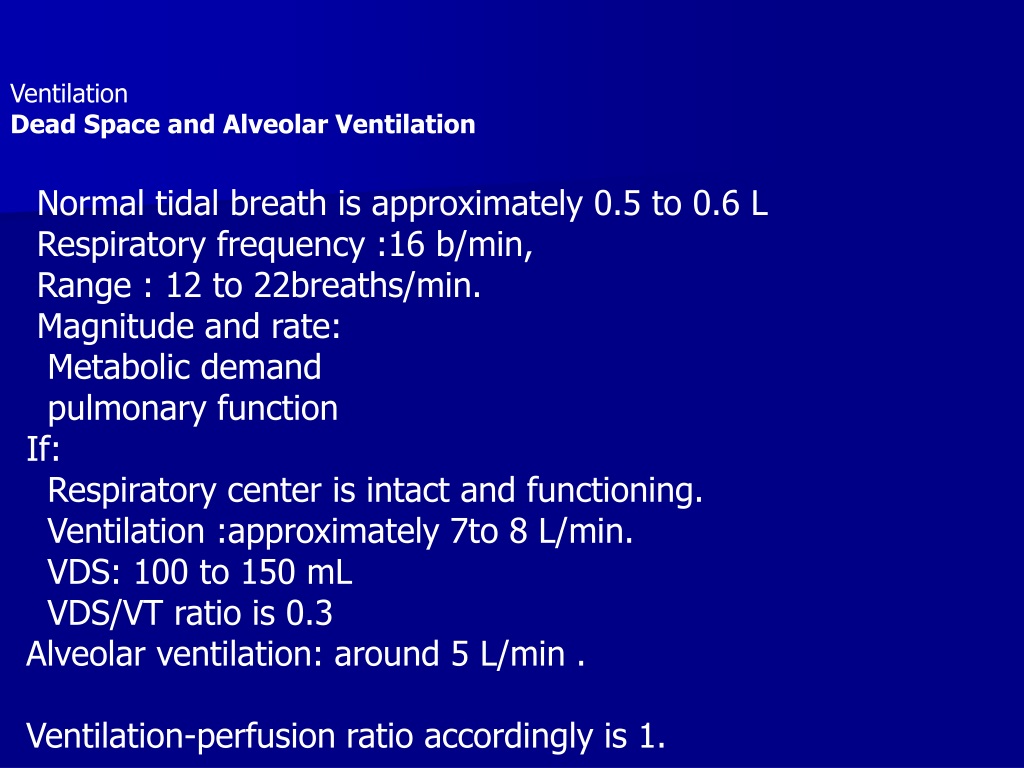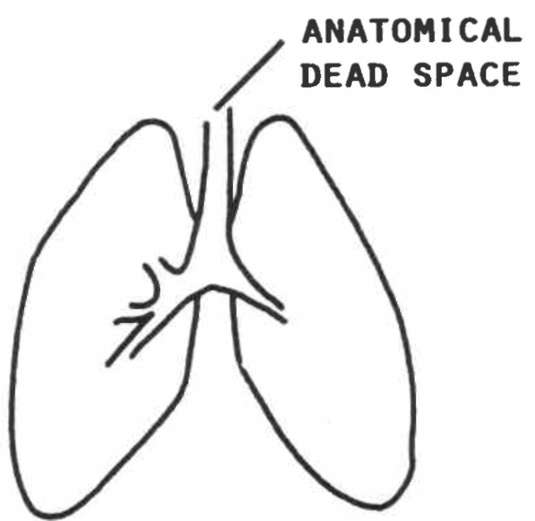
The Respiratory System consists of the upper and lower airways. In contrast, alveolar ducts and sacs that terminate the tracheobronchial tree are referred to as the respiration zone.įigure 1. The first several generations of airways, where no gas exchange occurs, constitute the anatomic dead space and are referred to as the conducting zone. Alveolar ducts and alveolar sacs are the operating units of the lungs where gas exchange occurs with the pulmonary capillaries. The bronchi bifurcate into smaller bronchioles that continue branching for up to 23 generations, forming the tracheobronchial tree that terminates with the alveoli.

At the carina, the trachea divides into two mainstem bronchi, the right and left. The lower airways begin at the trachea and extend to the bronchi, bronchioles, and the alveoli. The human Respiratory System consists of the upper airways (region above the cricoid cartilage), the lower airways, the lungs, and the respiratory muscles. Patient conditions also showed strong agreement with clinically significant output parameters, i.e., respiration rate, oxygen saturation, heart rate, and blood pressure. The majority of the lung values investigated for the overall model matched the validation data found in publications.

The model handles several patient conditions, including tension pneumothorax and airway obstruction. The Respiratory Model employs realistic pressure source signal and chemical stimuli feedback mechanisms as drivers for spontaneous ventilation. The Respiratory System is designed to model the ventilatory behavior (both positive- and negative-pressure) of the patient Respiratory System using electrical analogue lumped parameter models. The Respiratory System supplies oxygen and removes waste carbon dioxide from the body through a combination of ventilation and gas exchange across the blood-gas barrier (pulmonary capillary-alveoli interface).


 0 kommentar(er)
0 kommentar(er)
